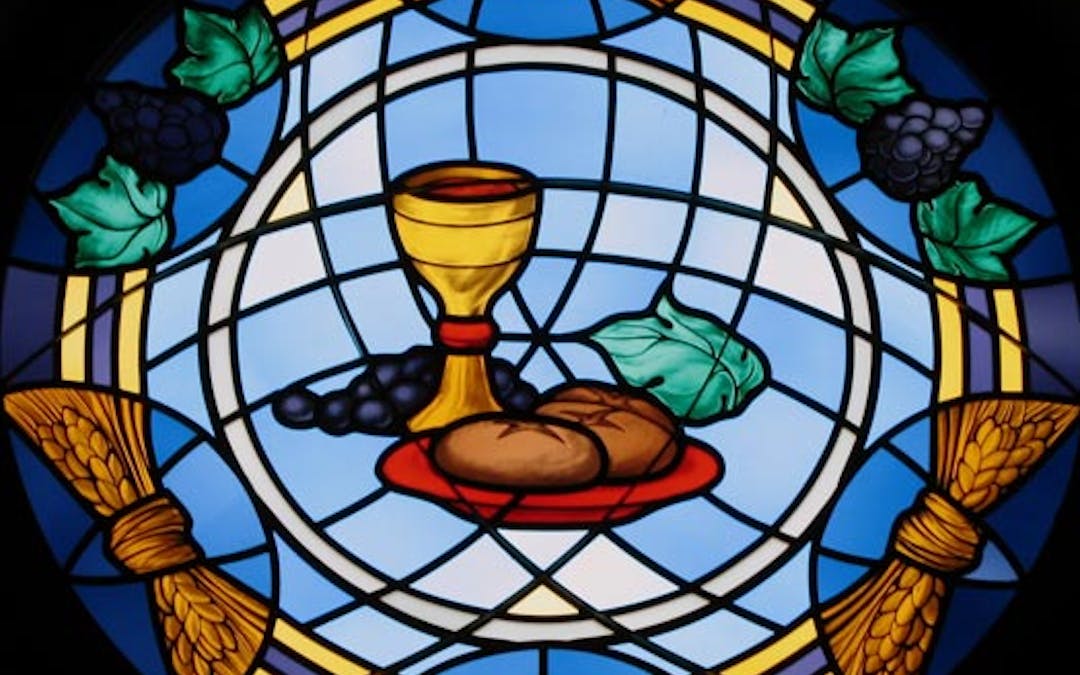The Eucharist, among other things, is a memorial of Jesus’ sacrifice for us, of his great act of “being broken”, of giving himself over in love. Properly understood, the Eucharist, as a ritual, gives us another kind of “real presence”. It makes present for us the reality of Christ’s dying as well as God’s response to that, the resurrection, and invites us to participate in that event. What the Eucharist makes present is not an iconic Christ to be adored or even consumed, but the reality of Christ’s dying nd rising as an event to be participated in. But how can we participate in an event now long past in history?
Through memorial, through “making zikkaron”. When we ritually tell the story of Jesus’ sacrifice (in the Eucharistic prayer, the very heart of liturgy) we experience the “real presence” of the event of Christ’s dying and rising. Moreover, that reality is given to us so that we might participate in it. How? We participate in Jesus’ sacrifice for us when we, like him, let ourselves be broken down, when we, like him, become selfless. The Eucharist, as sacrifice, invites us to become like the kernels of wheat that make up the bread and the clusters of grapes that make up the wine, broken down and crushed so that we can become part of communal loaf and single cup.
Occasionally when St. Augustine was giving the Eucharist to a communicant, instead of saying, “The body of Christ”, he would say: “Receive what you are.” That puts things correctly. What is supposed to happen at the Eucharist is that we, the congregation, by sacrificing the things that divide us, should become the body and blood of Christ. More so than the bread and wine, we, the people, are meant to be changed, to be transubstantiated.
The Eucharist, as sacrifice, asks us to become the bread of brokenness and the chalice of vulnerability.
